Choosing and installing a mount for a heated towel rail

Who is not familiar with high humidity in the bathroom, especially if it is used by a family of 4-5 people. The solution to this problem is a coil, popularly called a heated towel rail. The design is remarkable in all respects: it practically does not take up space and is universal in its purpose - it heats the space, dries moisture and towels.
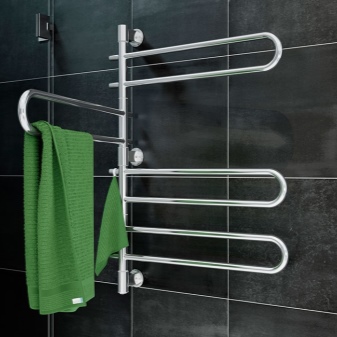
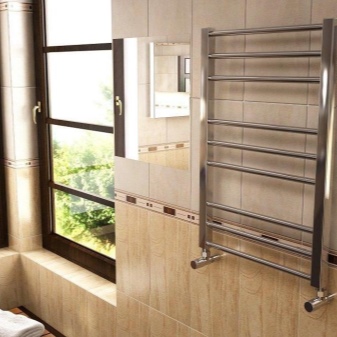
Types of fasteners
Knowledge of the features and technical characteristics of heated towel rails (coils) will help determine the choice of holders. Coils in the bathroom have structural differences, and also differ not only in the materials from which they are made, but also in shape. When buying the necessary parts, you need to focus on the parameters of the bathroom, as well as whether there are conclusions, how many there are. The kit, as a rule, contains fasteners designed for the weight of the radiator filled with water.
There are two types of heated towel rails.
-
Water models. These are the models that are connected to the heating system. Unfortunately, their disadvantage is that they are functional only in the autumn-winter period, when the heating is working in the apartments.
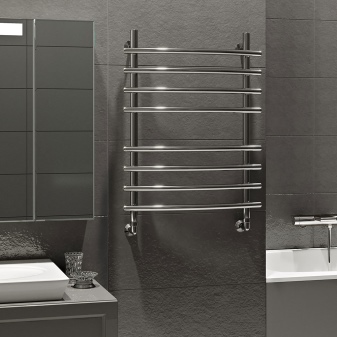
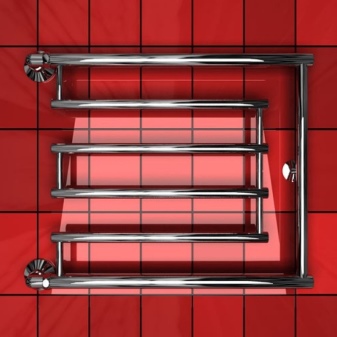
- Electrical structures. They are connected to the power grid, autonomous, active at any time of the year, but their maintenance costs much more for the owners who have to pay additional electricity consumption.
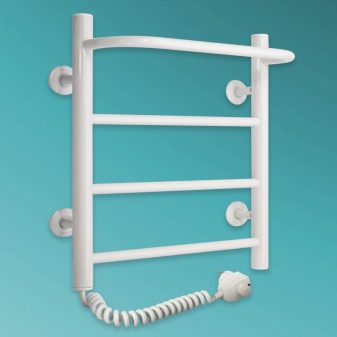
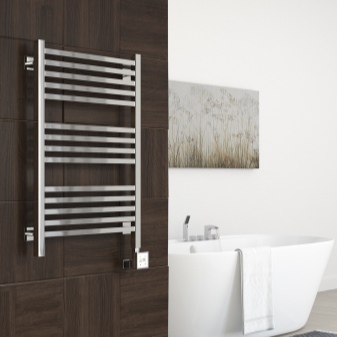
As already mentioned, the manufacturer provides for the presence of fasteners in the package, but situations when you have to buy them separately are not so rare. Any plumber will confirm that the need for them arises often, so their range is quite diverse - brackets for both types are on sale. Such fasteners meet the established GOST standards:
-
the bracket is simple;
-
telescopic bracket;
-
detachable bracket;
-
one-piece support.
At the same time, the choice of fasteners is not complicated due to the efforts of manufacturers, who carefully calculate the weight of the coils and produce fasteners-brackets adapted for them.
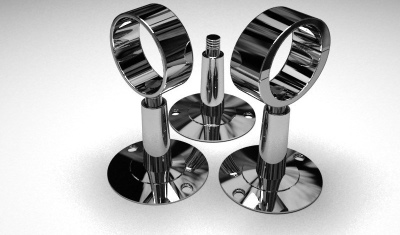
Brackets
Before the abundance in construction and other stores, the installation of radiators in the bathrooms had to be done without brackets, resorting to the help of iron hooks in the form of a bracket fixed on the wall, and it did not look aesthetically pleasing at all. Moreover, this method of installation did not justify itself very much - the structure "walked" because of the fragile fixation. Modern brackets are not only reliable, but also perfectly perform decorative functions, all of them are provided with the most popular sizes from 25 to 32 mm.
Let's see how they are made.
-
Mounting shelf. This is the base of the bracket, the fixing point on the wall with two or more self-tapping screws. The number of hardware more than two is sometimes necessary to improve reliability.
-
Leg. It is a connecting piece that unites the mounting shelf with the retaining ring into a single structure. The standard leg height is around 5 centimeters, since this is enough to properly install the heating system on the wall. However, there are telescopic models that allow you to adjust the height of the leg with a moving element.
-
Fixing ring. Another required part installed on the bracket leg. The latch is installed on the coil, which completely eliminates the unplanned movement of the device.
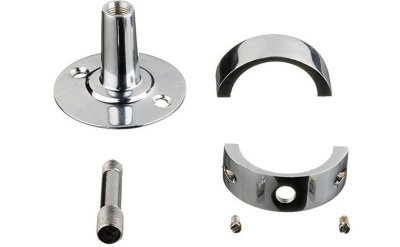
Do not forget - the larger the structure, the more attachment points will be required to ensure an even distribution of the load on the bearing supports.
The manufacturer carefully calculates the correspondence between the weight of the radiators and the bearing capacity of the various bracket models. Here are the most common types of fasteners.
-
Detachable. This is the name of collapsible fasteners, with whose help the installation of a wall heater, consisting of 2 parts, is carried out. One of them is fixed on the pipe, the other on the wall, after which the structure is connected into a single whole. As a result, the best option is obtained, providing for a neat dismantling, in which the surface of the wall is not affected.

- Non-detachable. This is already a monolithic product. Installation is as follows: the bracket is put on the pipe, and then installed on the wall. It is more difficult to mount one-piece mounts than composite counterparts.
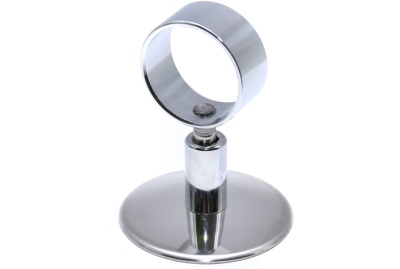
- Telescopic. It has already been mentioned above about the advantage of models of this kind due to their design features. Telescopic fasteners are characterized by a movable tube with a fixed retaining ring. It is this solution that will help you easily change the depth of the space between the wall and the radiator. This type of mount is in demand for installing electrical models.
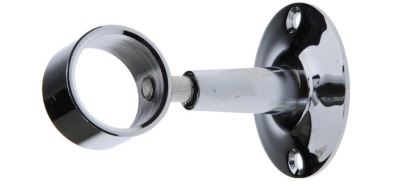
When choosing brackets, you need to remember about the convenience of the upcoming workflow - let it be a split design. It is easier and faster to install a radiator. Usually, universal brackets can be selected for the coils when there is no desire to work with the classic ones.
And also during the acquisition, you must remember about the diameters, calculate in advance the required distance from the wall to the radiator, take into account anti-corrosion indicators, since the device will be located in a space where the humidity is constantly increased.
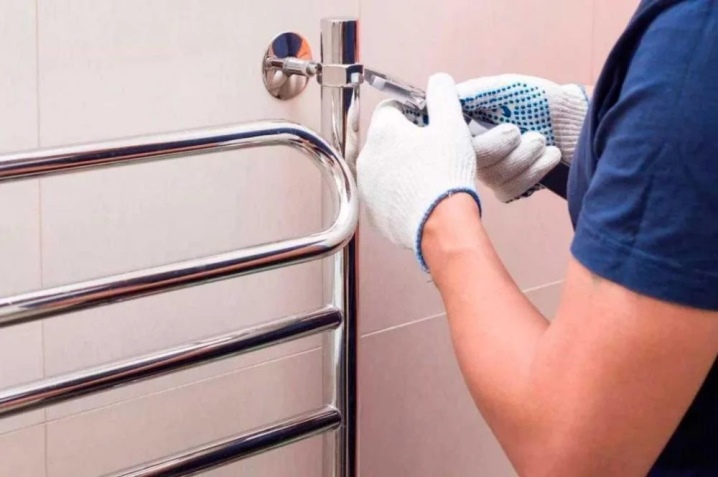
Support
Refers to one-piece mounts. The elements are capable of withstanding an impressive load, which ensures reliable fastening. Their design is a ring monolithically connected to the leg, which is why it is very difficult to work during the installation of a heated towel rail. The mount is made of stainless steel and is practically not used today.
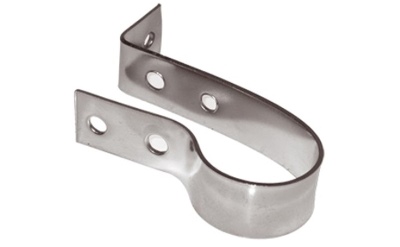
Manufacturing materials
Bracket mounts are made of stainless steel and brass. Brass products manufacturers are chrome plated or nickel plated.
This increases the quality and aesthetic characteristics of products, creates a protective layer from the effects of negative factors - moisture, temperature changes.
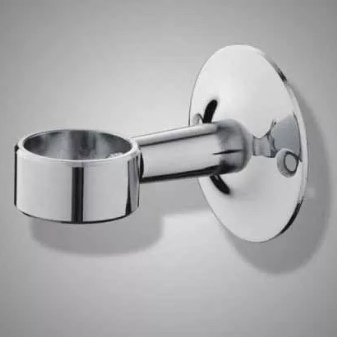
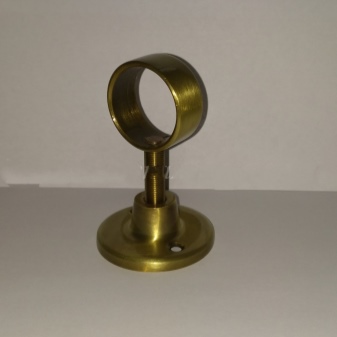
Installation tips
The functionality and durability of the heated towel rail largely depends on the quality of the installation.
-
For reliable operation of the coil, experts recommend using ball valves at the junction of the hinged structure with the nozzles. The algorithm for installing a heated towel rail with a water type of heating requires disconnecting the entire riser. Because of this, a decrease in temperature in the entire entrance inevitably follows. The presence of cranes will allow you to engage in installation without disconnecting the riser and without unnecessary haste. In addition, they are needed if you need to drain the water due to air locks.
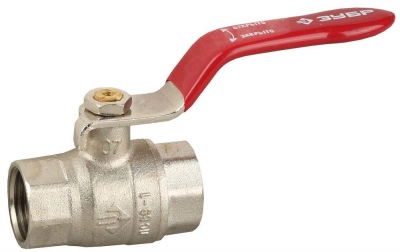
- It is recommended to build the coil into the hot water supply system in the summer, again due to the need to turn off the common riser during cold weather. Elements made of different materials cannot be used in one design. This can be followed by fatal consequences in the form of rapidly manifested corrosive processes.
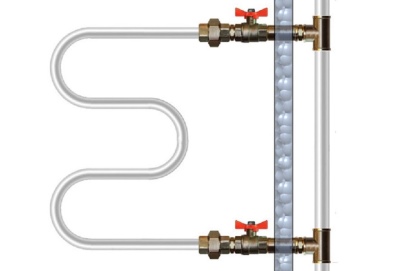
- Do not forget about Teflon gaskets - using them in the docking places avoids many negative factors.
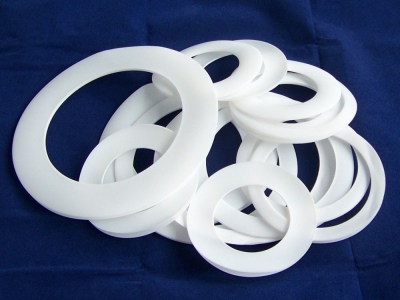
- For apartment buildings, it is most correct to purchase products of domestic brands, since they correspond to the GOST standards adopted in our country and will certainly fit the pipes installed by our construction companies.

In addition to the above, you need to pay close attention to self-tapping screws and dowels, which will definitely be required for mounting a radiator and installing fasteners.
The thing is that they have a different purpose and ability to withstand different loads:
-
simple self-tapping screw - 3 kg;
-
the dowel "butterfly" is able to withstand a load of up to 10 kg;
-
for large coils, more powerful hardware will be needed:
-
up to 15 kg is able to withstand the screw dowel with a self-tapping screw;
-
dowels "Hartmut" and "Umbrella" with a bolt can withstand up to 35 kg.
The indicated loads are characteristics for one fastening, and since there are at least two of them on the radiators, then on drywall, for example, you can fasten them with "Umbrella" and "Hartmut" dowels.
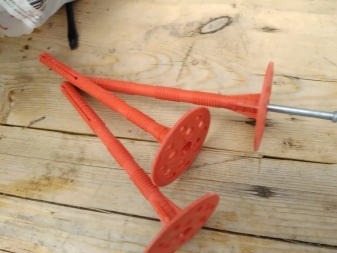
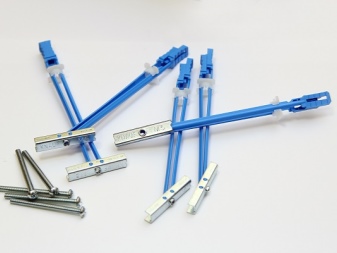













The comment was sent successfully.